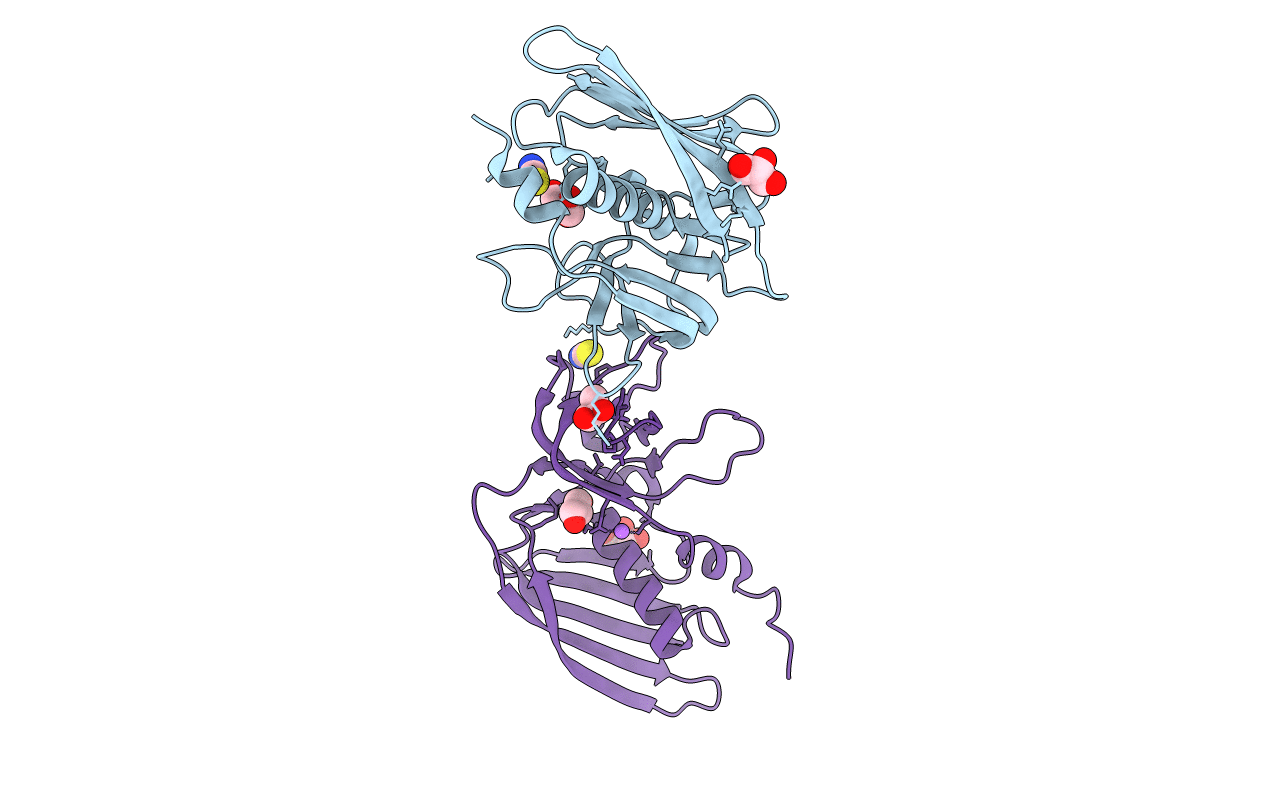
Deposition Date
2015-08-06
Release Date
2015-08-19
Last Version Date
2024-05-01
Entry Detail
PDB ID:
5D3D
Keywords:
Title:
Crystal structure of Staphylococcal Superantigen-Like protein 3
Biological Source:
Source Organism:
Staphylococcus aureus (strain NCTC 8325) (Taxon ID: 93061)
Host Organism:
Method Details:
Experimental Method:
Resolution:
1.94 Å
R-Value Free:
0.22
R-Value Work:
0.17
R-Value Observed:
0.17
Space Group:
P 21 21 21


